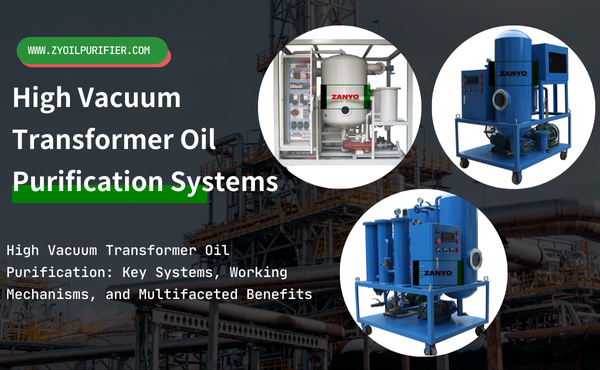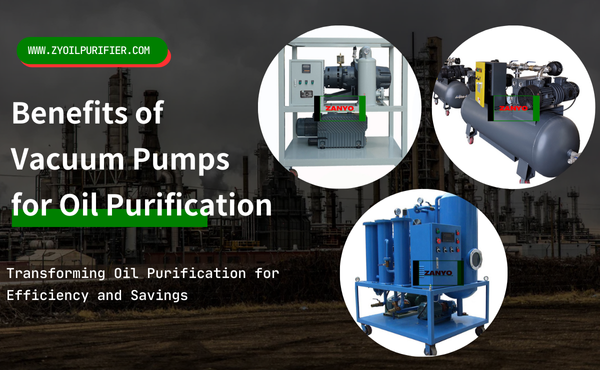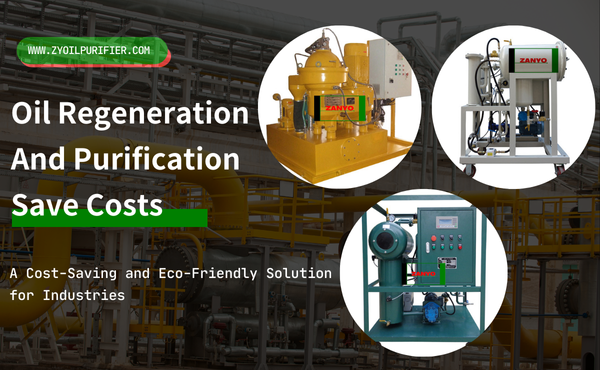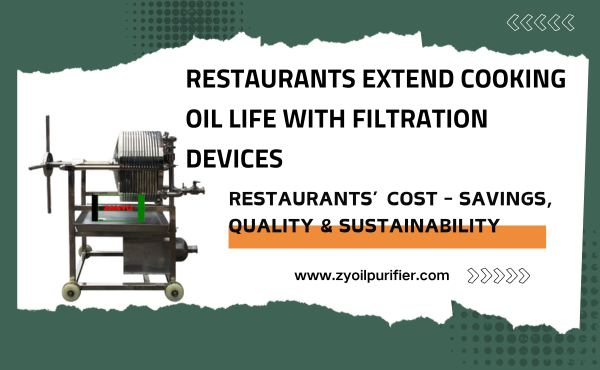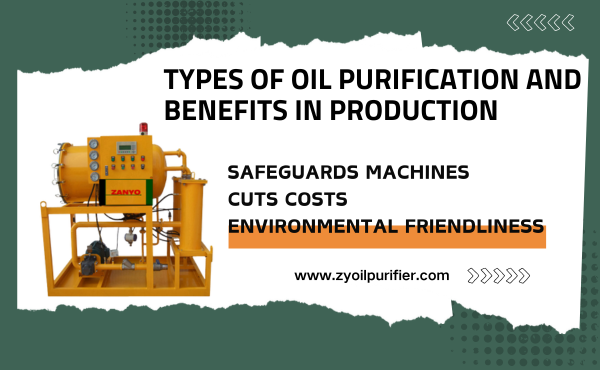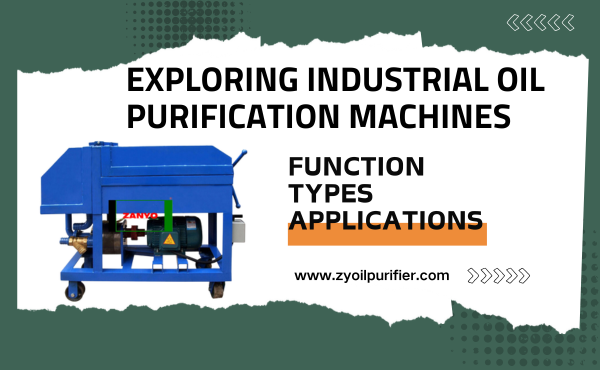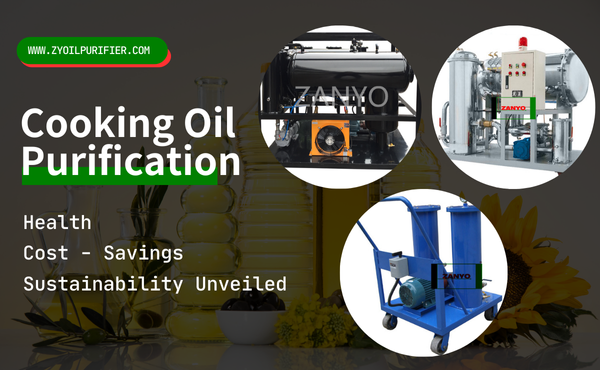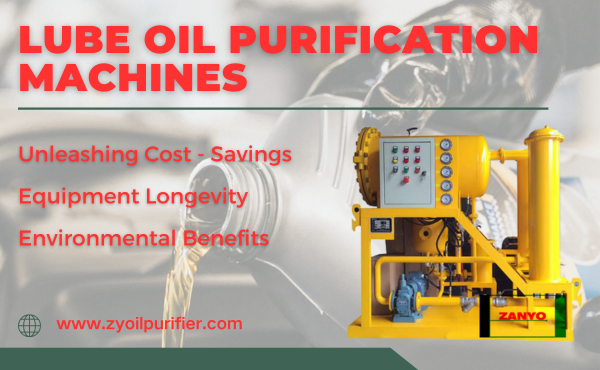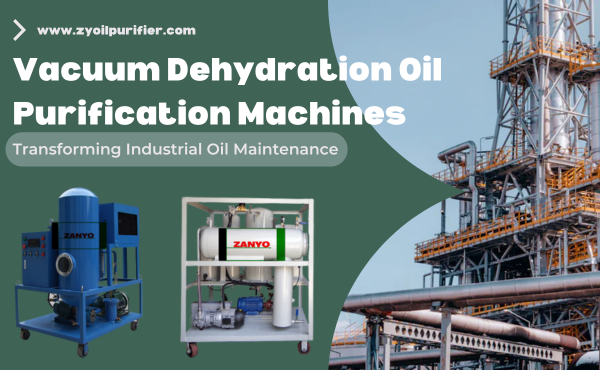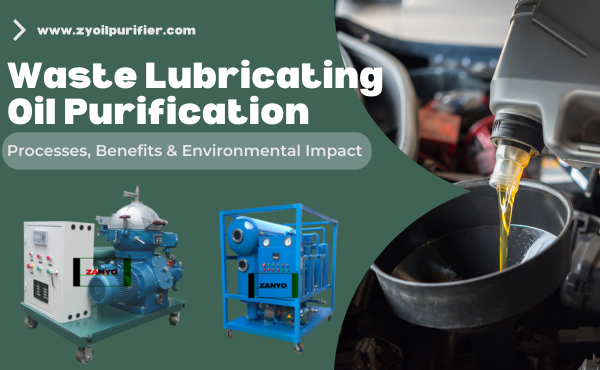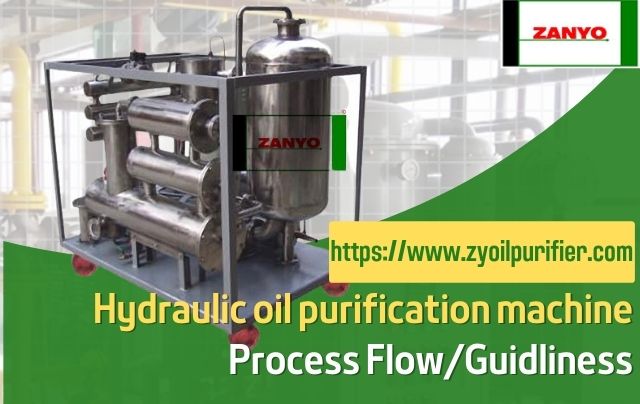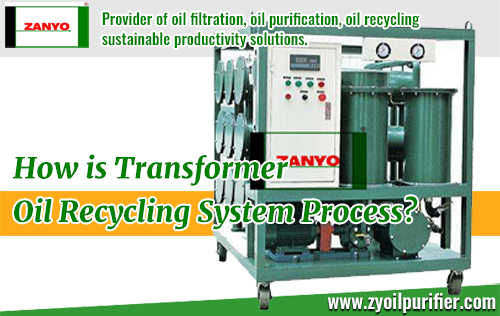Used engine oil doesn’t have to go to waste. You can restore it through a detailed purification process, making it reusable and environmentally friendly. This process reduces pollution and saves resources. For example:
- Recycling 30,000,000 liters of used oil monthly in Iraq could prevent significant pollution.
- Recycled oil enhances infrastructure quality, benefiting projects like asphalt production.
Engine oil purification not only protects the planet but also cuts costs, offering a sustainable solution for everyday needs.
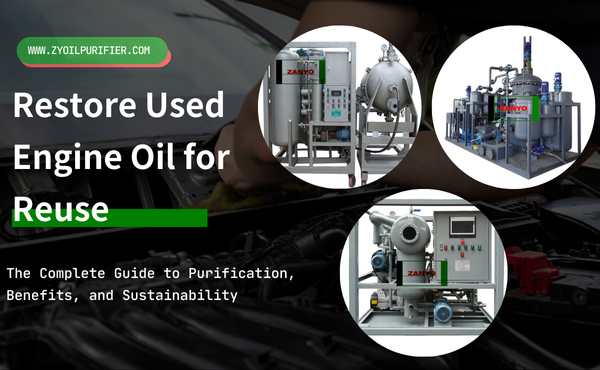
Key Takeaways
- Cleaning used engine oil cuts waste and pollution. This helps the environment.
- The cleaning process has five steps: pretreatment, drying, boiling, filtering, and finishing.
- Reusing cleaned engine oil saves money and materials. It is cheaper than new oil.
Understanding Engine Oil Purification
What is used engine oil, and why does it degrade?
Used engine oil is the lubricant drained from engines after extended use. Over time, it loses its effectiveness due to exposure to heat, oxygen, and contaminants. High temperatures cause oxidation, forming harmful compounds like carboxylic acids. These compounds increase acidity, leading to corrosion and reduced performance. The oil also thickens as oxygen interacts with its molecules, making it less effective at lubricating engine parts. Additionally, the presence of sulfur and aromatic compounds accelerates degradation, further impacting its quality.
The importance of purifying used engine oil
Purifying used engine oil is essential for both environmental and practical reasons. Reusing purified oil reduces the need for extracting virgin oil, conserving natural resources and minimizing the environmental impact of crude oil production. It also prevents soil and water contamination caused by improper disposal. From a practical standpoint, purified oil maintains engine performance by lubricating moving parts, reducing friction, and dissipating heat. This process not only extends the life of your engine but also reduces greenhouse gas emissions, contributing to a cleaner environment.
Common contaminants found in used engine oil
Used engine oil contains various contaminants that affect its quality. Abrasive particles, such as dirt and metal shavings, cause wear and tear on engine components. Water and coolant leaks introduce moisture, which can lead to severe engine damage. Acidic compounds, measured by the Total Acid Number (TAN), indicate potential corrosion risks. The Total Base Number (TBN) measures the oil’s ability to neutralize these acids, which is crucial for engine protection. Other contaminants include oxidized compounds and nitrates, which degrade the oil’s performance over time. Identifying and removing these impurities is a critical step in the engine oil purification process.
Step-by-Step Engine Oil Purification Process
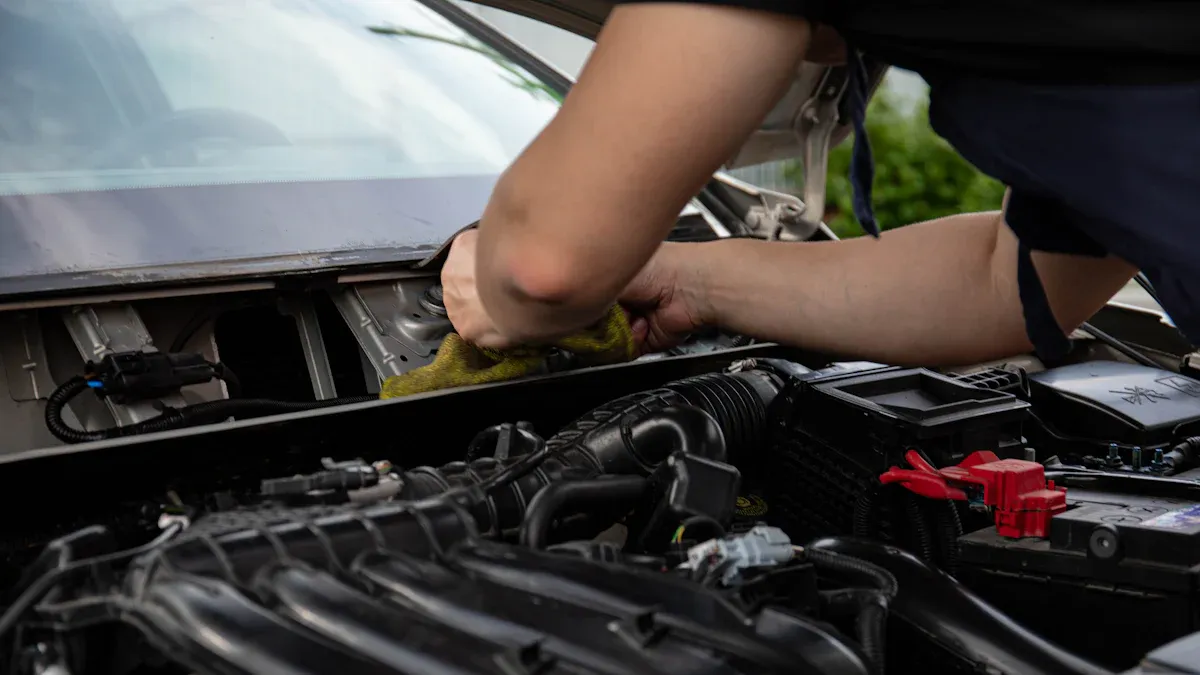
Pretreatment: Removing large contaminants
The first step in engine oil purification involves pretreatment to remove large contaminants. This phase targets particles like dirt, metal shavings, and sludge that accumulate during engine operation. Pretreatment chemicals, when heated to at least 650°F, significantly enhance the filtration process. Higher temperatures and precise chemical concentrations improve the removal of metals and other impurities. This step lays the foundation for effective purification by ensuring that the oil is free from coarse contaminants.
Dehydration: Eliminating water content
Water contamination in used engine oil can lead to corrosion and reduced performance. Dehydration removes this moisture by heating the oil to a temperature where water evaporates. This process ensures that the oil is dry and ready for further purification. Removing water also prevents the formation of harmful emulsions, which can compromise the oil’s quality.
Distillation: Separating impurities through heating
Distillation is a critical step in separating impurities from used engine oil. The process involves:
- Heating the oil in a distillation reactor to 380-400°C, causing the oil and gas to volatilize.
- Buffering the volatilized oil gas before condensing it into liquid form using a horizontal condenser.
- Ensuring thorough impurity separation through pre-treatment, high-temperature distillation, and condensation.
This method effectively isolates usable oil from contaminants, preparing it for the next stage.
Purification: Filtering and removing fine particles
The purification stage focuses on filtering out fine particles that remain after distillation. Advanced filtration mechanisms, such as diffusion, interception, and electrostatic capture, ensure high efficiency. The process involves multiple stages:
- Intercepting oil droplets and spreading them on filter fibers.
- Forming liquid bridges that evolve into films.
- Draining the liquid steadily through the filter.
This multi-step approach ensures that the oil achieves optimal clarity and performance.
Final processing: Adding additives for reuse
The final step involves enhancing the purified oil with additives to restore its properties. Studies show that composite solvent formulations, such as methyl-ethyl-ketone (MEK) and 2-propanol, effectively recover base oil. The addition of potassium hydroxide (KOH) improves extraction yields and oil quality. Another method uses alum and clay to refine the oil under simple conditions. These additives ensure the recycled oil meets the standards required for engine use, completing the engine oil purification process.
Equipment and Tools for Engine Oil Purification

Industrial-scale equipment: Features and benefits
Industrial-scale equipment plays a vital role in large-scale engine oil purification. These machines, like the ZANYO Oil Purifier, are designed to handle high volumes of used oil efficiently. They often include advanced features such as automated controls, high-temperature distillation units, and multi-stage filtration systems. These features ensure precise removal of contaminants and consistent oil quality. Industrial equipment also offers faster processing times, making it ideal for businesses that recycle oil on a large scale. By investing in such equipment, you can achieve higher productivity while maintaining environmental compliance.
Tools for small-scale or DIY setups
For small-scale or DIY engine oil purification, you can use simpler tools. A basic setup might include:
- A heating unit: To remove water and other volatile impurities.
- Filtration systems: Such as mesh filters or activated carbon filters to trap fine particles.
- Chemical additives: To restore the oil’s properties after purification.
These tools are affordable and easy to operate, making them suitable for individuals or small workshops. While they may not match the efficiency of industrial machines, they still provide a practical solution for reusing engine oil on a smaller scale.
Safety precautions and handling guidelines
Safety is crucial when purifying engine oil. Follow these guidelines to ensure a safe process:
- Institute an Oil Disposal Policy: Use designated containers for hazardous waste and dispose of it responsibly.
- Diagnose Fuel Leaks: Regularly test for leaks and use monitoring sensors to prevent fire risks.
- Conduct Continual Pipe Maintenance: Inspect and maintain pipes to avoid overheating and ensure safe operation.
Always wear protective gear, such as gloves and goggles, when handling used oil. Proper ventilation is also essential to avoid inhaling harmful fumes. By adhering to these precautions, you can minimize risks and ensure a safe purification process.
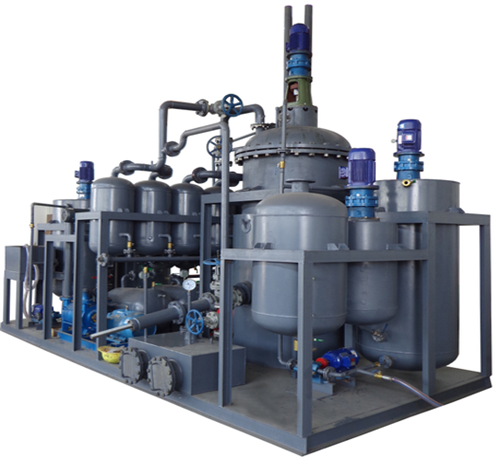
Waste Engine Oil Disposal Machine
Benefits of Engine Oil Purification
Environmental benefits: Reducing waste and pollution
Purifying used engine oil significantly reduces environmental harm. Instead of discarding oil into landfills or waterways, you can reclaim it through advanced processes. Studies show that treating waste oil with acids like sulfuric or phosphoric improves biodegradation rates. For example:
| Pollution Concentration | Biodegradation Percentage | Biodegradation Rate (day^-1) |
|---|---|---|
| 5% | 92% | 0.4361 |
| 15% | 55% | 0.0556 |
This data highlights how purification minimizes pollution and accelerates oil breakdown. By adopting engine oil purification, you help prevent soil and water contamination while reducing carbon emissions.
Economic advantages: Saving money and resources
Engine oil purification offers substantial cost savings. It reduces reliance on virgin resources and recovers valuable base molecules from used oil. Here are some key benefits:
- Producing base oil from used oil saves 30% to 80% in energy compared to crude oil extraction.
- Businesses gain new revenue streams by selling purified oil.
- Companies meet environmental regulations, avoiding penalties and enhancing their market reputation.
Additionally, fluctuating crude oil prices, averaging $70 to $90 per barrel in 2023, make purification a cost-effective alternative. By extending the oil lifecycle, you reduce replacement frequency and optimize maintenance costs.
Practical applications of purified engine oil
Purified engine oil has diverse applications across industries. In the railway and marine sectors, it enhances equipment performance and reduces downtime. Industrial facilities use it to improve maintenance schedules and operational efficiency. The Oil Analysis Handbook highlights how purified oil supports early issue detection, ensuring smoother operations. Whether in automotive, manufacturing, or heavy machinery, purified oil proves its value by maintaining high performance and reliability.
Restoring used engine oil involves five key steps: pretreatment, dehydration, distillation, purification, and final processing. Each step ensures the oil regains its quality and usability.
🌍 By purifying oil, you reduce waste, conserve resources, and save money.
Take action today. Explore purification methods or support sustainable practices to protect the planet and your wallet.
FAQ
What is the lifespan of purified engine oil?
Purified engine oil can last as long as new oil if processed correctly. Regular monitoring and proper storage ensure optimal performance and extended usability.
Can you purify engine oil at home?
Yes, you can purify engine oil at home using basic tools like filters and heating units. However, industrial equipment ensures better efficiency and quality.
Is purified engine oil safe for all engines?
Purified engine oil works well for most engines when processed and treated with additives. Always check compatibility with your engine type before use.

